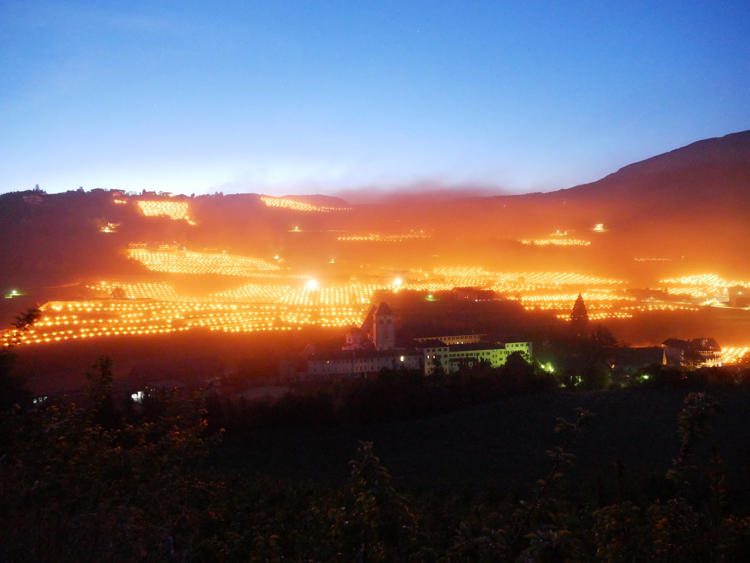
Italian Winemakers Set Vineyards Ablaze to Keep Them from Freezing
Breathtaking photos of vineyards in northern Italy lit up at night by hundreds of torches have been doing the rounds online for the past week.

Breathtaking photos of vineyards in northern Italy lit up at night by hundreds of torches have been doing the rounds online for the past week.
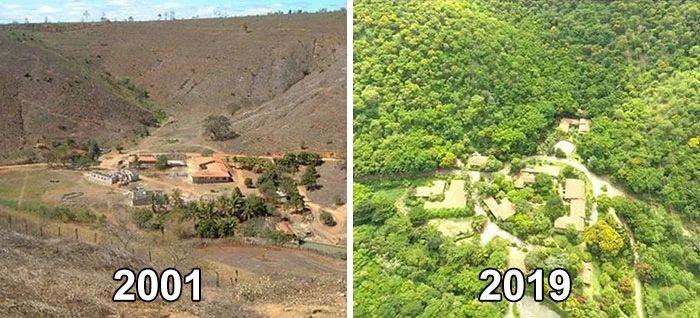
Sebastião Ribeiro Salgado is a world renowned social documentary photographer and photojournalist from Brazil, but few people know that he is also the mastermind behind one
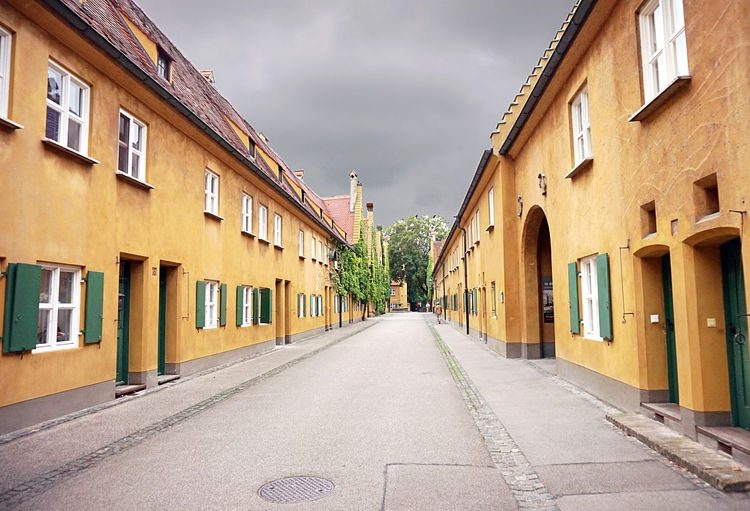
In a time when the cost of renting a home seems to be getting higher virtually everywhere in the civilized world, the residents of an

If you love exotic fish and don’t mind hundreds of them eyeballing you while you answer nature’s call, you’ll probably love using this unique aquarium
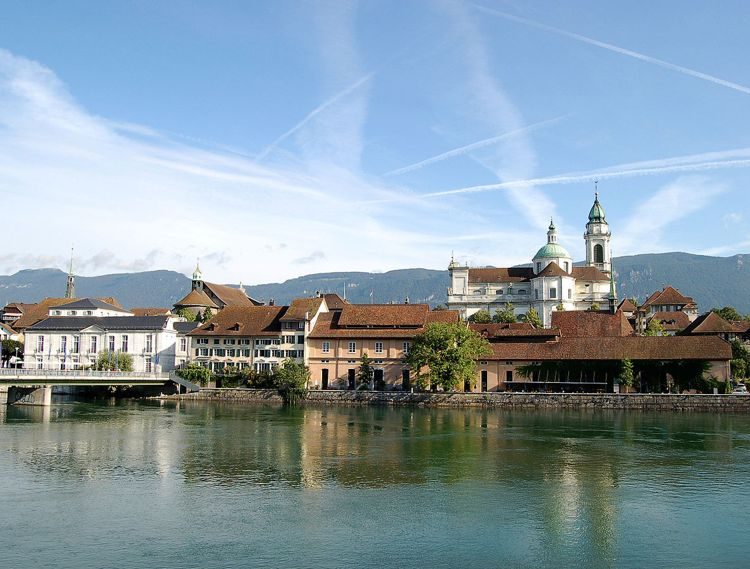
Solothurn is a picturesque town in the north-west of Switzerland known primarily for its special affinity for the number 11. It seems like everything in this
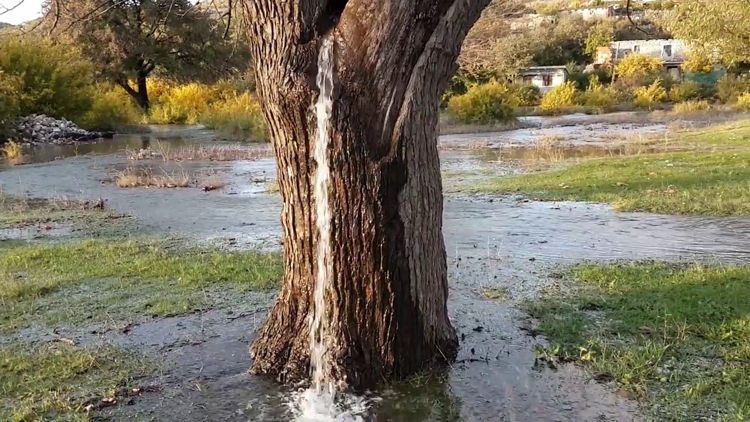
The small village of Dinoša, in Montenegro, is home to an old mulberry tree that turns into a water fountain every time it rains heavily.
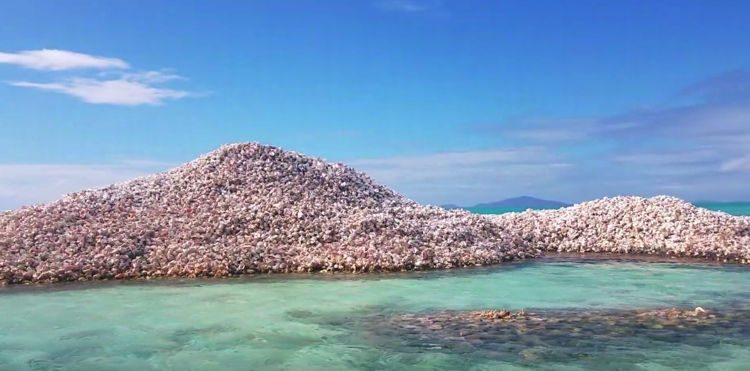
Conch “Island” isn’t technically an island, but a mountain of conch shells discarded by fishermen in the same place over hundreds of years. Located just

Every day, hundreds of tourists and devotees visit a shrine in Shivapur, a small village about 180 km east of Mumbai, in India, to witness
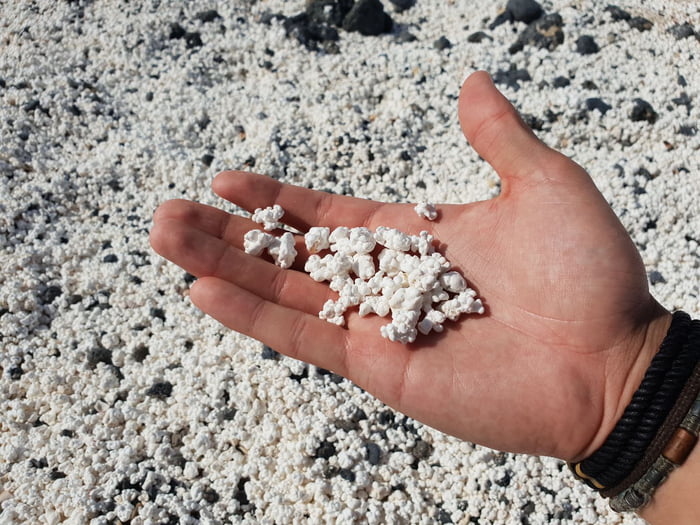
Fuerteventura, the second largest of Spain’s Canary Islands is mostly known for its white sandy beaches, but few people know that this island also hosts
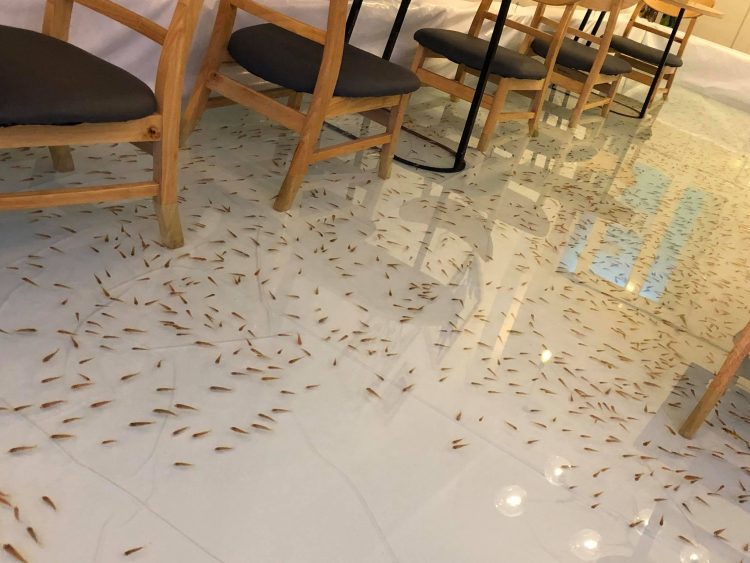
Animal cafes where you can enjoy a hot cup of coffee and pet cute animals like cats, dogs or even sheep have been springing up

Cafe Yeonnam-dong 239-20 is a uniquely-designed cafe in Seoul’s Yeonnam-dong district that makes visitors feel like they’ve miraculously steeped into a cartoon or a comic. Remember
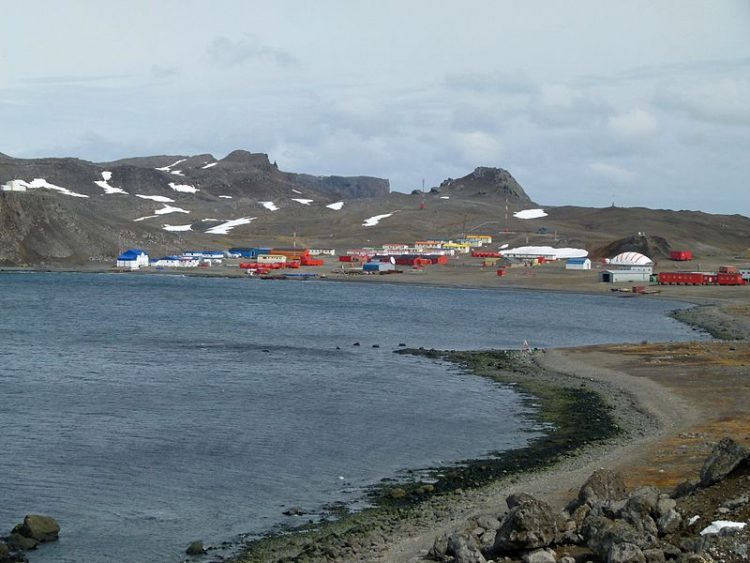
Can you imagine needing to have your appendix removed just to be able to live in your city? That’s exactly what the residents of Villa Las
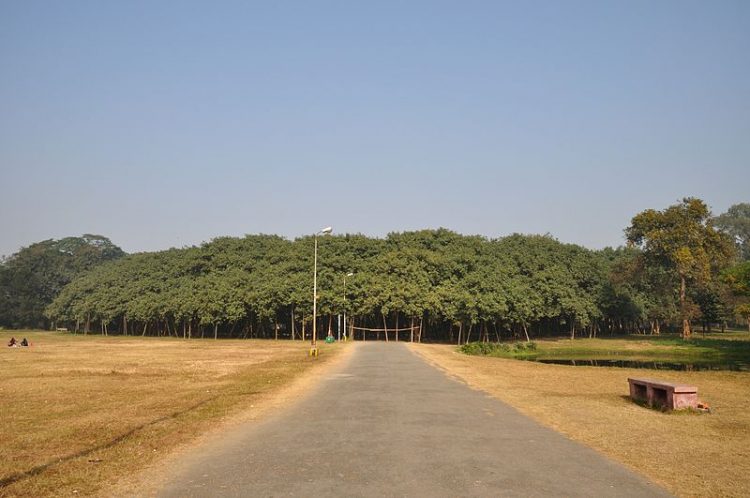
If you were to see the Great Banyan Tree in the Acharya Jagadish Chandra Bose Indian Botanic Garden from a distance, you could be forgiven

A non-religious man in Oakland managed to virtually eliminate neighborhood crime with nothing more than a statue of Buddha bought from a local hardware store.
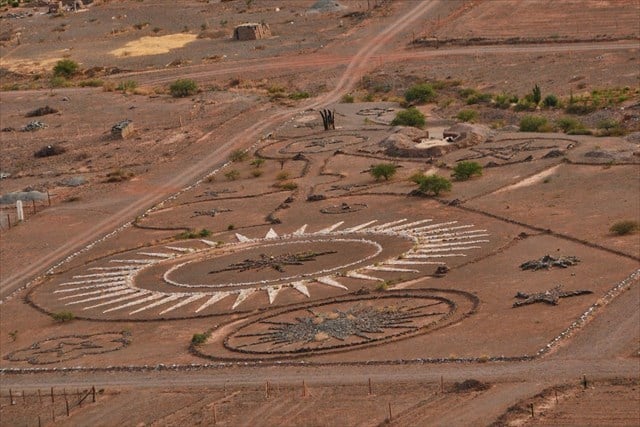
This is the story of Werner Jaisli, a Swiss man who in 2008 started building a giant, star-shaped ‘ovniport’ – a UFO landing spot –